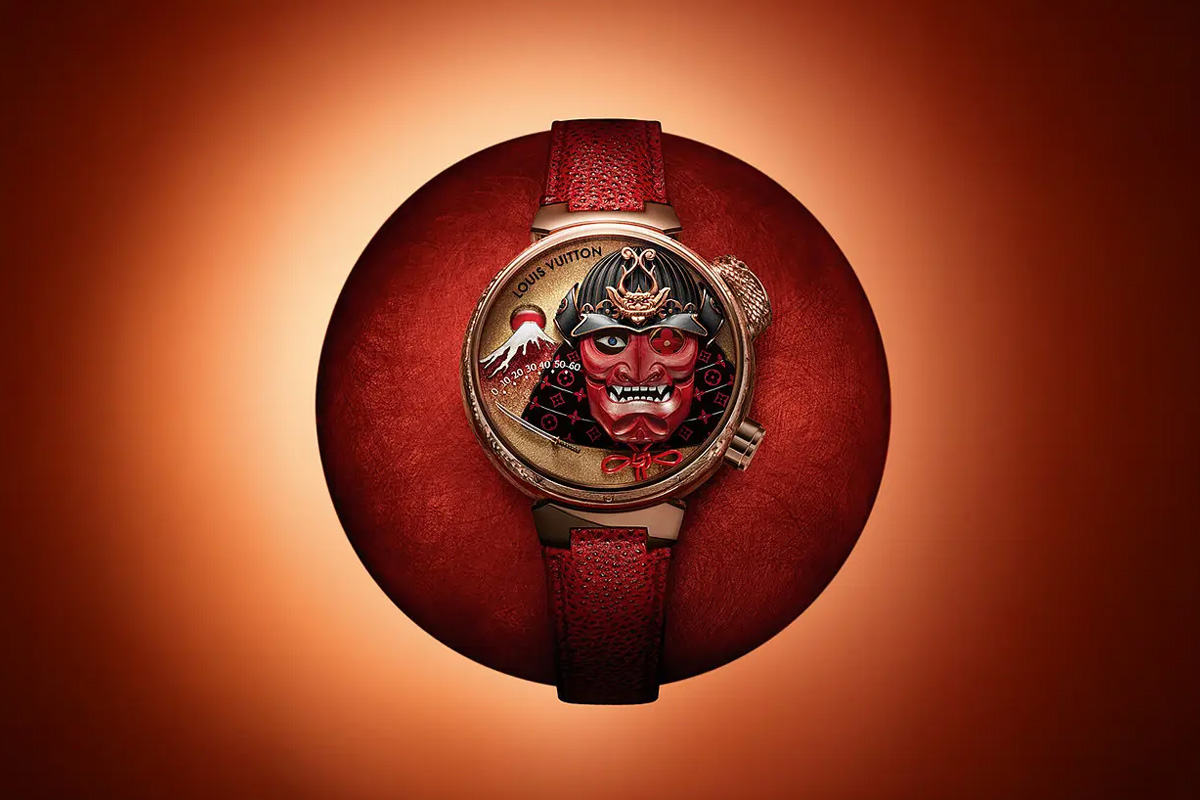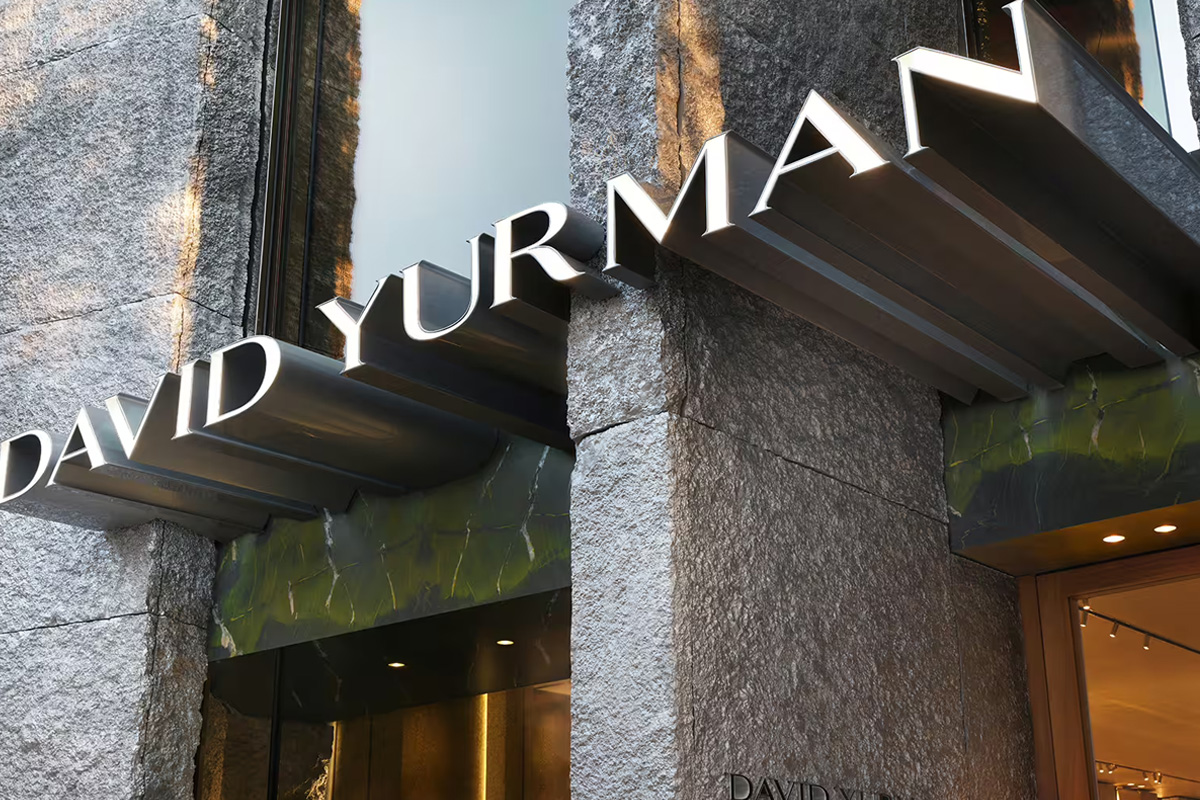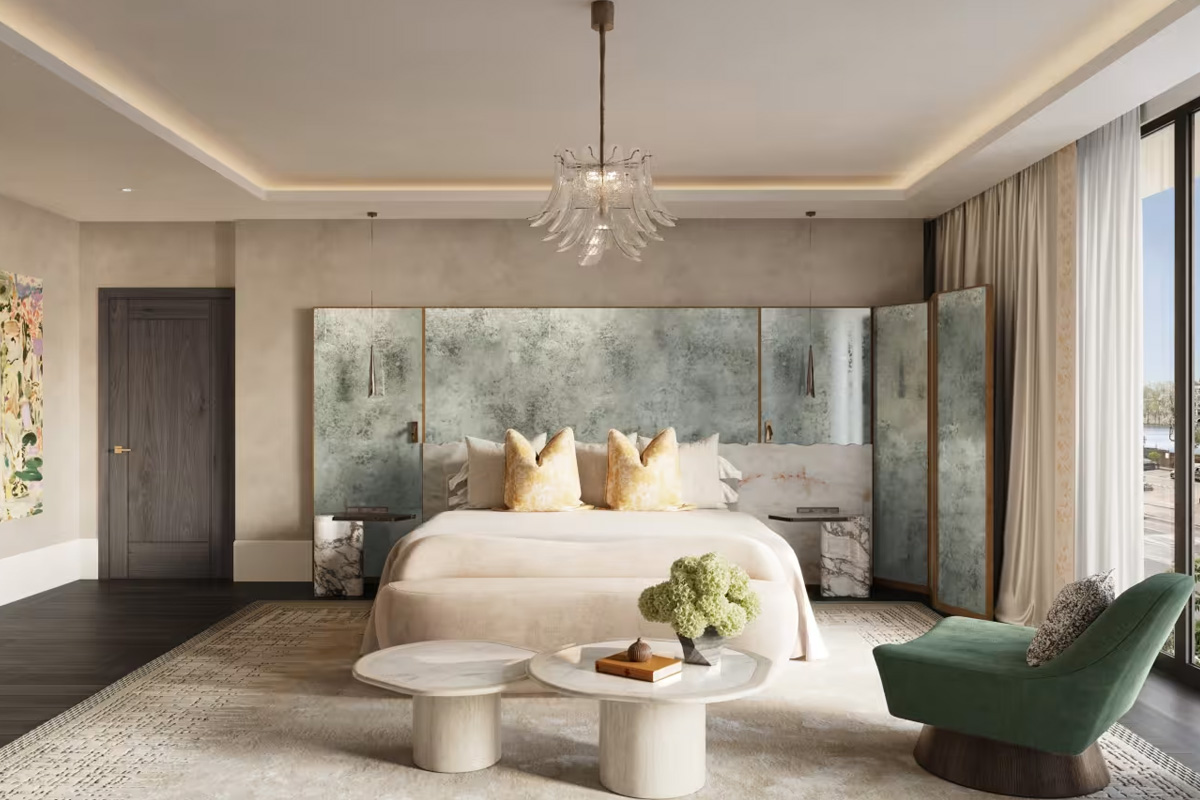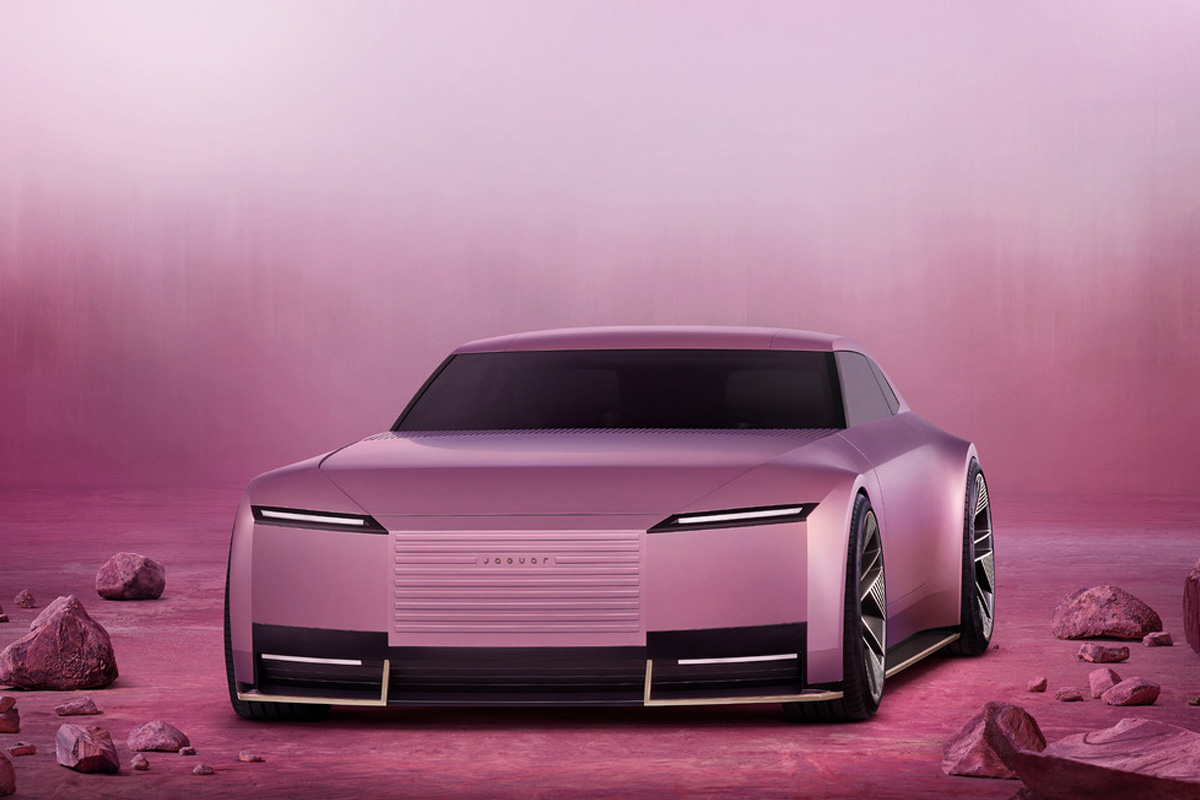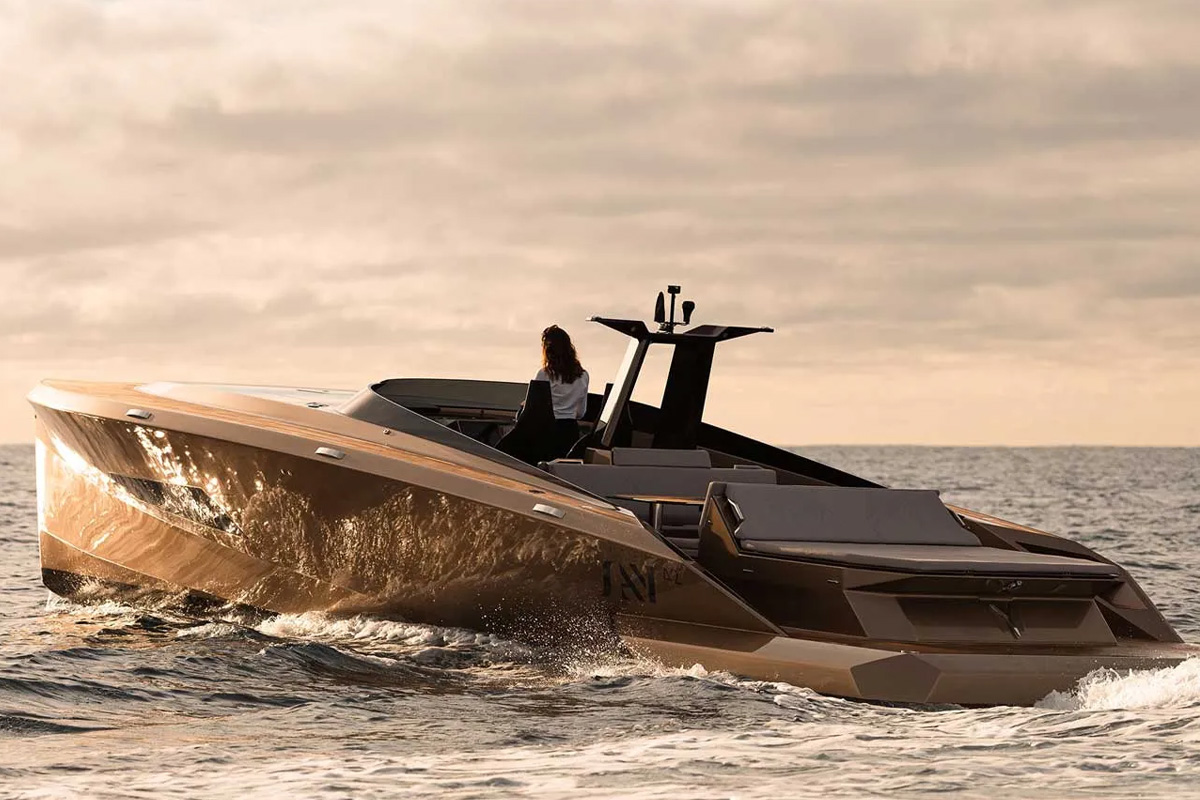Prada’s Bold Move: Acquiring Versace to Redefine Italian Luxury
The Italian luxury fashion market is abuzz with groundbreaking news that could reshape the global landscape of high fashion. Prada has announced its acquisition of Versace in a deal worth €1.25 billion ($1.39 billion). This “Prada to buy Versace” announcement is sparking discussions across the industry. For professionals in the fashion industry, investors, and luxury market enthusiasts, this move signals not just a merger, but a recalibration of Italian heritage and modern strategy.
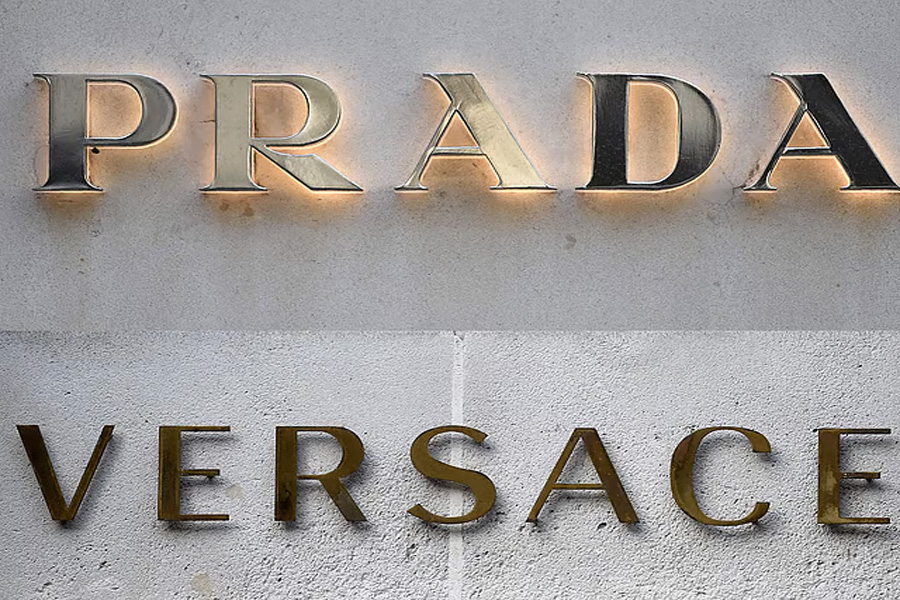
Versace, founded by Gianni Versace and famed for its bold designs and iconic Medusa logo, has a rich history that continues to influence global fashion. Under Donatella Versace’s creative direction, the brand has remained a powerhouse in the luxury market. This acquisition follows a trend of consolidation in Italy’s luxury sector over the last six years.
Previously owned by Capri Holdings, which also owns Michael Kors and Jimmy Choo, Versace’s sale highlights a shift in the competitive dynamics among high-end fashion brands. With Prada’s Luna Rossa team and its portfolio of other brands, this new partnership is expected to strengthen both companies’ positions in the evolving luxury ecosystem.

This article unpacks everything you need to know—from the strategic significance of this billion-euro acquisition to the impact on fashion brands, Versace’s history, and the future of Italian luxury.
A Convergence of Heritage and Strategy
Prada and Versace, two iconic fashion brands with deep roots in Italian fashion, are making headlines with the monumental Versace acquisition 2025. This move unites the bold and timeless aesthetic of Versace, founded by Gianni Versace, with the Prada Group’s exceptional craftsmanship and innovative vision under the leadership of Miuccia Prada. Patrizio Bertelli, Prada Group Chairman, emphasized the alignment of shared values and vision, a perfect company pairing to guide Versace into its next era.
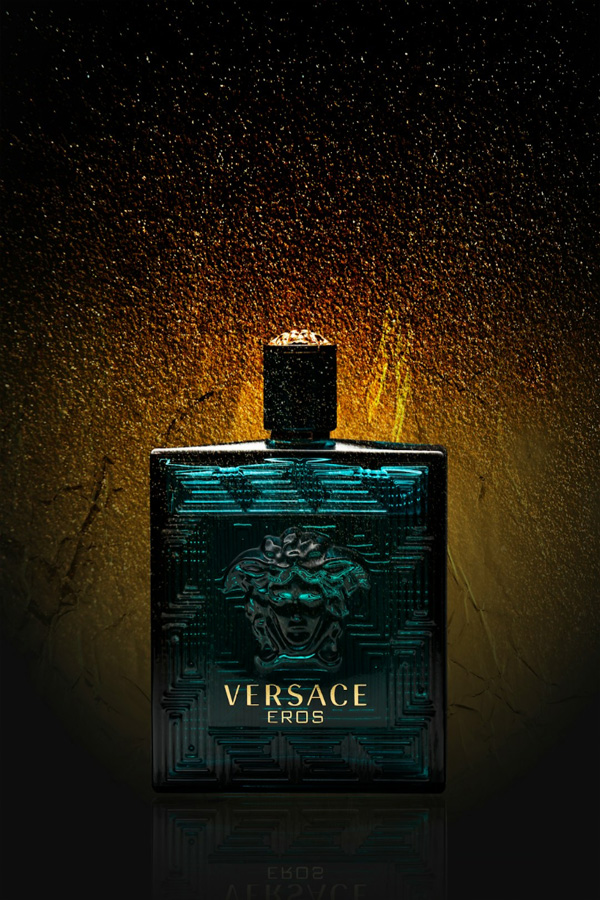
Capri Holdings, which owns Michael Kors and Jimmy Choo, previously acquired Versace in 2018 for €1.83 billion. Now, amid economic turbulence, shifting market dynamics, and challenges like U.S. federal trade commission reviews, the sale reflects broader realities in the retail industry. Factors such as U.S. tariffs and geopolitical tensions contributed to Capri Holdings selling Versace at a lower valuation, signaling a strategic shift for the American luxury group.
For Prada, acquiring Versace represents an ambitious move to compete with market leaders like LVMH and Kering. By adding Versace to its portfolio, alongside brands like Car Shoe, Jil Sander, Helmut Lang, and pastry brand Marchesi, the Prada Group furthers its accelerated strategic investments in luxury heritage and sustainable long-term growth. The deal also signifies Prada’s commitment to store enhancements, elevated product lines, and ongoing investments in Versace’s history, promising to continue Versace’s legacy celebrating bold creativity and exceptional craftsmanship.

With anticipated revenues exceeding €6 billion and a strong balance sheet, this transaction reflects Prada’s tremendous progress and solidifies its position in the luxury market. As Donatella Versace, Versace’s Chief Creative Officer, continues to guide Versace with her unparalleled creative vision, this new chapter is set to deliver future growth while honoring the brand’s timeless aesthetic and cultural significance. Regulatory approvals are underway, and Prada-Versace is poised to redefine the retail industry with a strong platform, unified under one roof, bringing Italian fashion and luxury to new heights.
This strategic move, announced near Milan Fashion Week in Italy, underscores Prada’s strong commitment to shareholder value, as well as its longstanding relationships with key partners in the fashion world. As the Prada Group prepares for the second half of this bold new chapter, it aims to increase shareholder confidence and position itself as a global powerhouse in the fashion industry, elevating Versace, Michael Kors, Jimmy Choo, Kate Spade, Stuart Weitzman, and other brands under this evolving luxury empire.
Versace’s Transition to a New Era
This acquisition comes on the heels of a significant leadership shift at Versace. Creative icon Donatella Versace, who steered the brand for over three decades and played a vital role in shaping Versace’s history, has stepped down to take on the role of Chief Brand Ambassador. Her successor, Dario Vitale, brings a history of success from Prada’s Miu Miu brand, making him a pivotal figure in shaping Versace’s next chapter under Capri Holdings, which also owns Michael Kors and Jimmy Choo.
This creative transition reflects broader industry changes relevant to luxury professionals. According to the Altiant 2024 Global Affluent Study, nearly half of ultra-high-net-worth individuals (UHNWIs) under the age of 50 prioritize fashion brands with cultural significance and strong values. Legacy alone is no longer enough; innovation and relevance must work in tandem to capture the attention of younger clienteles.
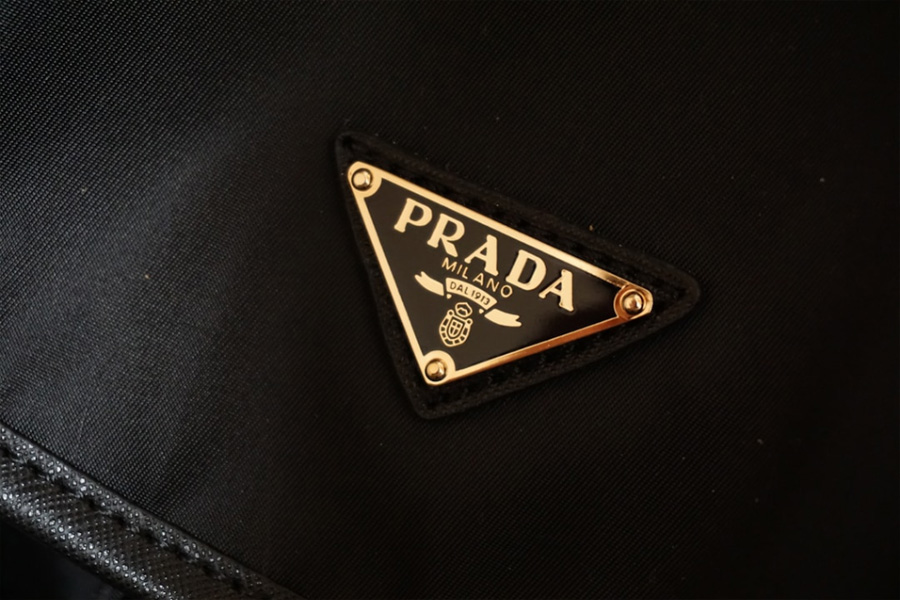
Vitale’s vision for Versace will likely build on Gianni Versace’s rich heritage while making it more desirable to Gen Z and millennial luxury consumers. Expect boundary-pushing collections infused with Versace’s signature boldness, all while aligning with modern luxury trends like sustainability, inclusivity, and digital-first strategies. In recent years, Versace has been part of a broader wave of industry consolidation, such as Prada’s interest to buy Versace or other brands, as well as increased investments in Italy’s luxury sector. Capri Holdings paid nearly 2 billion euros to buy Versace just six years ago, a move that has reshaped its global positioning alongside Michael Kors and Jimmy Choo.
As Vitale takes the helm, it will be fascinating to see how Versace evolves, balancing its iconic legacy with the demands of a new generation of luxury consumers. From bold designs to cultural relevance, Versace’s next chapter promises to be a thrilling addition to the ever-changing fashion landscape, much like Prada’s Luna Rossa initiative or other creative milestones in the industry.
The Stakes of Scale in the Luxury Ecosystem
Prada’s acquisition places the combined group closer to the competitive tier of luxury conglomerates like LVMH, which posted €86 billion in revenue in 2023, and Kering, which reached €20.3 billion.

While these figures might make Prada’s €6 billion seem modest, scale matters considerably when engaging ultra-wealthy consumers. These individuals, who spend an average of €91,000 annually on high-end goods, tend to gravitate toward brands offering personalization, exclusivity, and deep client relationships.
For Prada and Versace, this is a chance to double down on the “Very Important Client” (VIC) approach, a term used in the industry to reflect the top 1% of spenders driving nearly half of luxury brand revenues. Access to expanded client bases, deeper customer insights, and refined strategies will be crucial in scaling their influence in the luxury sector.
Navigating Global Headwinds
The timing of this acquisition also aligns with Prada’s need to brace for emerging challenges in the global luxury market. Geopolitical uncertainty, sluggish demand in mature markets like China, and new U.S. tariffs are creating obstacles for luxury brands that have historically relied on these regions for growth.
At the same time, emerging markets like India are showing signs of enormous potential. Between 2019 and 2024, India’s UHNW luxury spend per capita surged sixfold, reaching €140,000 annually. Prada’s acquisition of Versace positions the group to capitalize on these shifts, appealing to an increasingly diversified and global audience.
What the Prada-Versace Alliance Means for the Luxury Market
This acquisition isn’t just a financial or operational maneuver; it’s also a cultural and creative statement. For Prada, strengthening its narrative as a leader in luxury helps solidify its place as a global player. For Versace, this may serve as an opportunity to evolve its bold, maximalist design into an even broader appeal.
Here’s what to expect from this groundbreaking alliance:
- Bolder Campaigns: Prada and Versace’s combined influence means we can look forward to audacious campaigns that reflect their shared Italian roots.
- Enhanced Personalization: Every consumer touchpoint—from exclusive pop-up stores for VICs to bespoke atelier pieces—is likely to feel more intimate and personalized.
- Cross-Generational Engagement: With younger generations leading the charge in luxury spending, the new group can expect to evolve its approach toward digital innovation, sustainability, and storytelling.
Final Thoughts
Prada’s acquisition of Versace is more than just a business deal; it’s a pivotal moment for the Italian luxury market and the global fashion ecosystem. The move demonstrates a commitment not only to achieving scale and efficiency but also to evolving traditional notions of craftsmanship and exclusivity.
For professionals, investors, and enthusiasts in the luxury industry, this merger offers valuable lessons in adapting to a rapidly evolving market. By combining their expertise, Prada and Versace are set to redefine what it means to be a modern luxury powerhouse.
Want more insights into the latest strategies and shifts in the luxury market? Stay tuned as we unravel the most impactful trends influencing industry giants.
LATEST
POPULAR
